
RARE SPECIES
11-12-2023 by Leni Frau
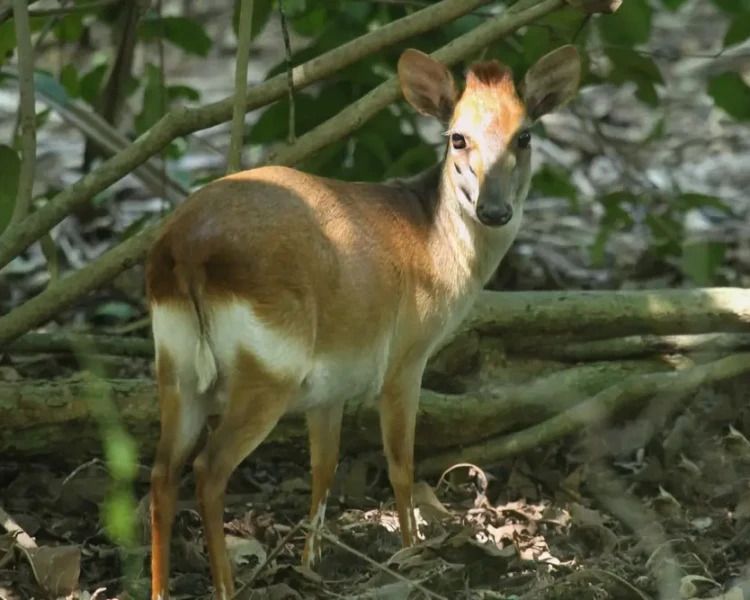
The Swahili call it 'Nunga', while for the Giriama of the coast it is 'Harake', perhaps because it is adept and quick to disappear (haraka means 'quickly'). In reality, the only disappearance that worries this animal, which at the biological registry is called 'Aders's Cephalofo', is that of the species from the face of the earth.
The alarm is raised by animal activists in East Africa, because this species of minute herbivore, a kind of dwarf antelope but larger than Dik Dik (it can measure up to 70 cm in length and 30 cm in height), is in serious danger of disappearing, and in the coastal areas of Kenya and on the island of Zanzibar, its only breeding grounds, fewer and fewer of them are to be seen, due to tourist overbuilding and deforestation.
The Aders' mullet, with its beautiful shiny tawny-red coat, likes to roam in forests not far from the sea, where the soil is coral. It feeds on small rock grasses, insects that nest in this type of terrain and the remains of aerial food left by monkeys, which it often follows.
One of the areas where hardly any are now seen, unlike some 20 years ago, is the Arabuko-Sokoke forest in Gede, which still remains one of the few untouched microclimates and patches of environmental sustainability. But the forest is also under threat, and environmental groups are always on the "who's who" (Friends of Arabuko Sokoke is an association that anyone who cares about the beauty and nature of Watamu, Malindi and the surrounding area should join, if only to help their volunteer work with membership fees. (For information: https://friendsarabukosokoke.org/).
The country's economic crisis and the poverty of the people on the coast do not help, of course. Like the Dikdik, the Aders mullet is also threatened by the hunting of those who want to catch them for food, and there is certainly no difference between a rare and a normal species.
The small specimen's hope for survival lies in the discovery of a few families in the Boni forest, north of Kenya, on the border of Somalia. Some environmental groups would like to relocate them to Arabuko or repopulate the south coast, Funzi Island and Wasini Island, with cephalopods.
But penetrating the Boni forest, infamous for the presence of al-Shabaab terrorists, who set up paramilitary training camps here, is not easy, and for the Kenyan security forces, the survival of the Aders mullet is the least of their worries.
All that remains is to cheer for its sexual activity, for the generosity of the monkeys and for the preservation of the last forests of this country, which hide wonders of the animal and plant world.
ENVIRONMENT
by Leni Frau

A leopard roams the Arabuko Sokoke forest, the vast green patch that stretches from Mida Creek to the road...

The Mijikenda tribes call it 'Khadzonzo', a word that refers to their mottled coat, and it is the true...
TALK
by redazione
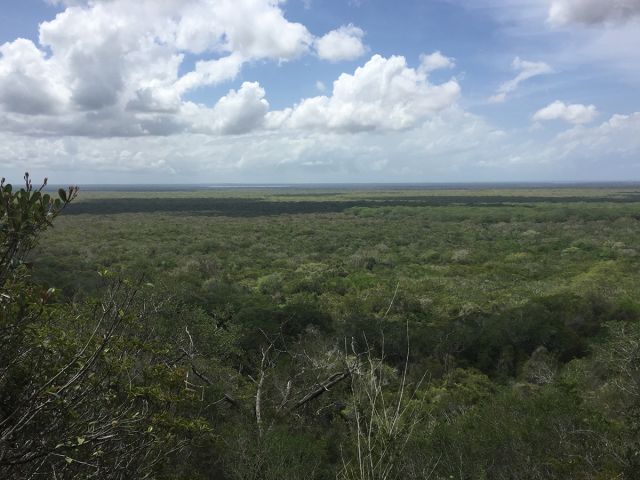
The Arabuko Sokoke forest is one of the most important and extensive green lungs on the Kenyan...
WILDLIFE
by Leni Frau
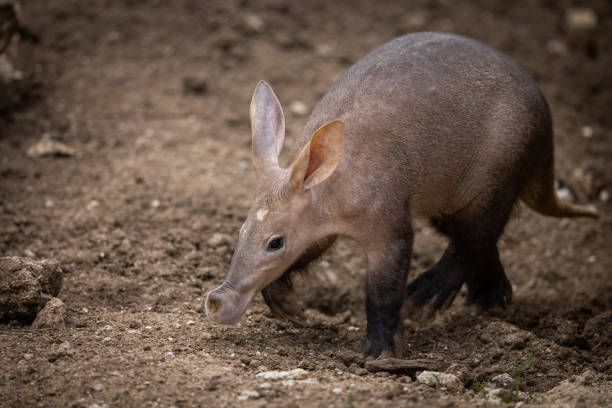
Though very difficult to spot, another wild animal is to be counted among the roster of those that...
WILDLIFE
by Leni Frau
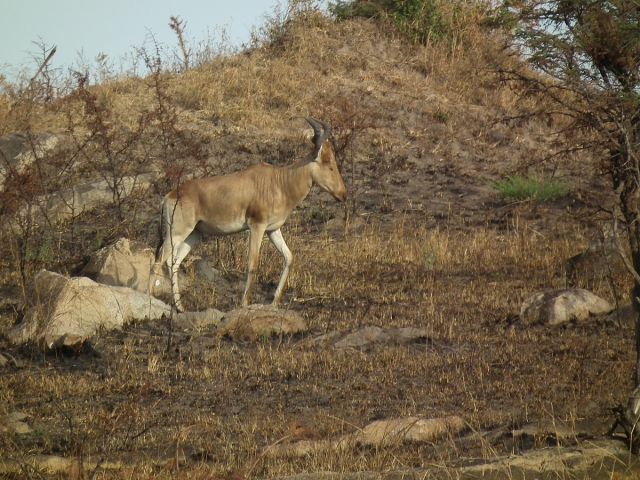
There is also an antelope found only in Tsavo East and West, among the ten...
ENVIRONMENT
by redazione

The Arabuko-Sokoke forest, which extends between the hinterland of Malindi and that of Watamu and Kilifi, has been included in the...
ENVIRONMENT
by redazione

Not always the bad news they bring as many, sometimes it rains in the dry and not wet. The inevitable progress that is also coming in the coastal tourist towns of Malindi and Watamu, with its problems of deforestation to...
by redazione
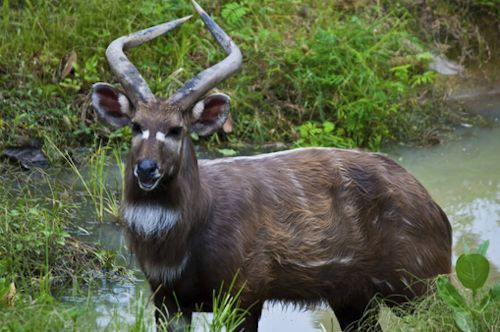
If you want to see the rare Sitatunga water antelope, there is only one park in Kenya where...
BUSINESS
by Leni Frau

There is a business in the undergrowth between Malindi and Watamu that in recent years has...
WILDLIFE
by Leni Frau
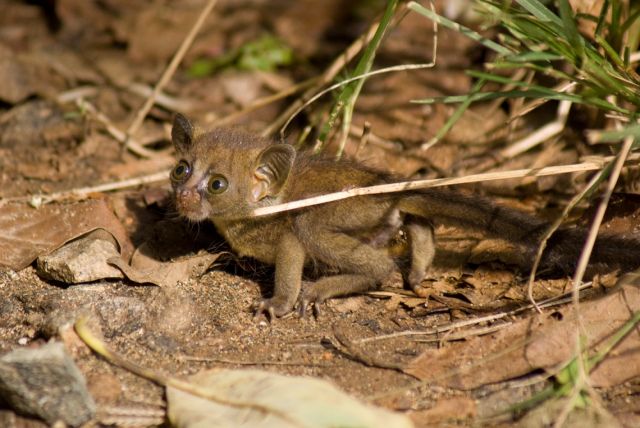
Kenya is increasingly confirmed as a land of wildlife rarities that resist the damage of extreme civilization and...
NEWS
by Leni Frau

Colder-than-usual temperatures in July on the Kenyan coast and a decrease in the flow of...
SPORT
by Freddie del Curatolo
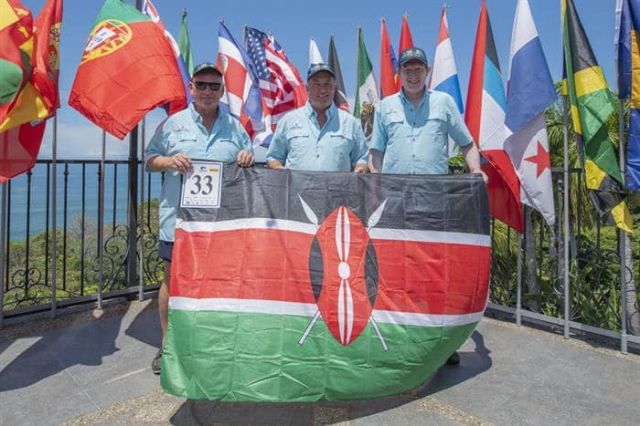
Watamu carried its name high as the world's offshore fishing destination by representing Kenya in the...